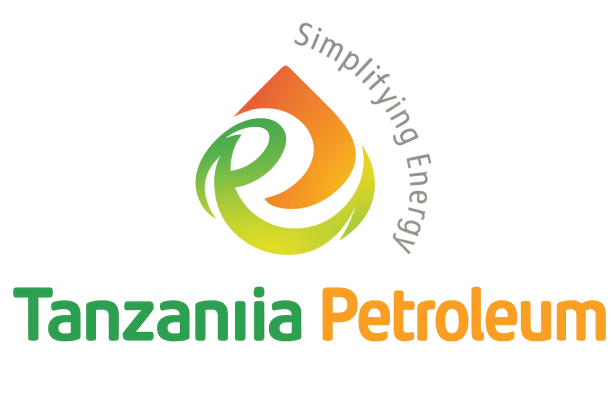With consistently high margins overall, lubricating oils have become one of the most attractive areas in the oil and gas (energy) value chain. In countries like Tanzania and South Africa, distributors supply lubricants at margins ranging between 10% and 37% per litre.
In Tanzania, lubricant growth opportunities are driven by rising demand from transport, construction, mining, and agriculture.
The growth is steady rather than dramatic, but the direction is clear: the sector is maturing, competition is rising, and supply chains are becoming more structured and formalised.
Many assume the market is saturated due to increasing competition. However, the reality is different: The more the economy expands—through increased vehicle imports, infrastructure development, and industrial activity—the more lubricants are required to support these sectors.
Although the market is becoming more competitive, there is still a significant gap for businesses committed to delivering high-quality products. Consumers are increasingly aware of the importance of lubricant quality for protecting vehicle engines, machinery, and industrial equipment.
Most lubricants in the country are still imported, with only a few licensed blenders producing locally. This creates a market that is active, growing, and still developing.
A closer look shows that Tanzania is moving in line with broader East African trends. Regional projections point to mid-single-digit lubricant demand growth toward 2030. Positioned at the centre of major transport corridors and serving neighbouring markets through the Port of Dar es Salaam, Tanzania is well placed to benefit from this regional momentum.
Demand Drivers.
Transport remains the backbone of lubricant consumption. Tanzania continues to import thousands of used cars every year—many of them older models requiring frequent oil changes due to road conditions, age, and maintenance cycles.
Large construction projects, mining operations, and seasonal agricultural activities add constant industrial demand, particularly for heavy-duty lubricants.
These drivers have been building gradually, but together they now form a strong force shaping the market’s future.
Regulatory Push Creates a Turning Point.
Regulatory oversight has become one of the most transformative forces in the sector. In recent years, authorities have intensified inspections at entry points and retail outlets, targeting counterfeit and low-quality lubricants.
With stricter enforcement, informal players have exited the market while structured businesses have gained confidence.
This regulatory shift has two major implications:
- It strengthens trust.Buyers—whether trucking companies, transport operators, industrial clients, or drivers—prefer lubricants that meet recognised standards. Enforcement reassures them.
- Informal operations are no longer viable.Compliance carries costs, meaning only businesses that invest in proper licensing, sourcing, and documentation can remain competitive.
Lubricant Growth Opportunities in Tanzania and Africa
Even with challenges, several strong opportunities are emerging:
1. Local Blending
Local blending is gaining attention as a strategic growth path. With regulators emphasising quality assurance and traceability, properly licensed and compliant blending facilities can secure higher margins and create faster, more reliable supply. Investors can either build their own facilities or partner with existing blenders.
2. Lubricant Distribution
Becoming a distributor is one of the fastest-growing opportunities. Distributors buy lubricants at special wholesale prices directly from oil marketing companies (OMCs) and supply fuel stations, trucking companies, mining firms, construction companies, and garages.
To operate effectively, a distributor must:
- Set up or rent warehouse spacefor safe storage
- Build transport and delivery planning systems
- Develop a visible presencein fast-growing regions
With rising vehicle numbers and expanding commercial activity, distribution can become a highly profitable venture.
Final Outlook.
According to McKinsey, the global lubricants value pool is expected to grow by 44% by 2035. Tanzania’s lubricants market is entering a new phase driven by real economic growth, tighter regulation, and stronger demand for reliable supply.
The sector may not be experiencing a rapid boom, but it is steadily becoming more attractive. Businesses that prioritise quality, compliance, distribution capability, and dependable customer service are likely to benefit the most as the market continues to mature.
Funding for Lubricant Business Growth and Expansion.
Although the lubricants market in Tanzania and Africa is promising, substantial capital is required to build modern warehouses and distribution facilities capable of handling and storing lubricants safely. Presenting a professional lubricants business plan to banks or financial institutions is a crucial step toward raising the funds needed to capitalise on these growing opportunities.






